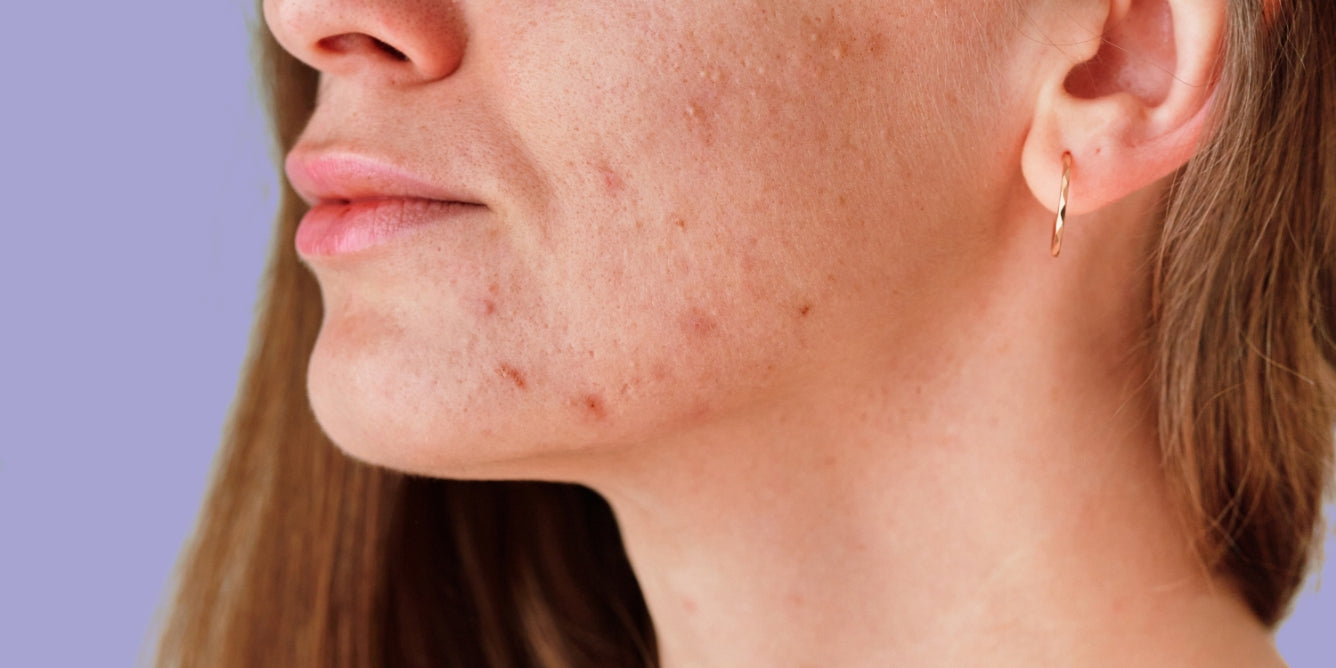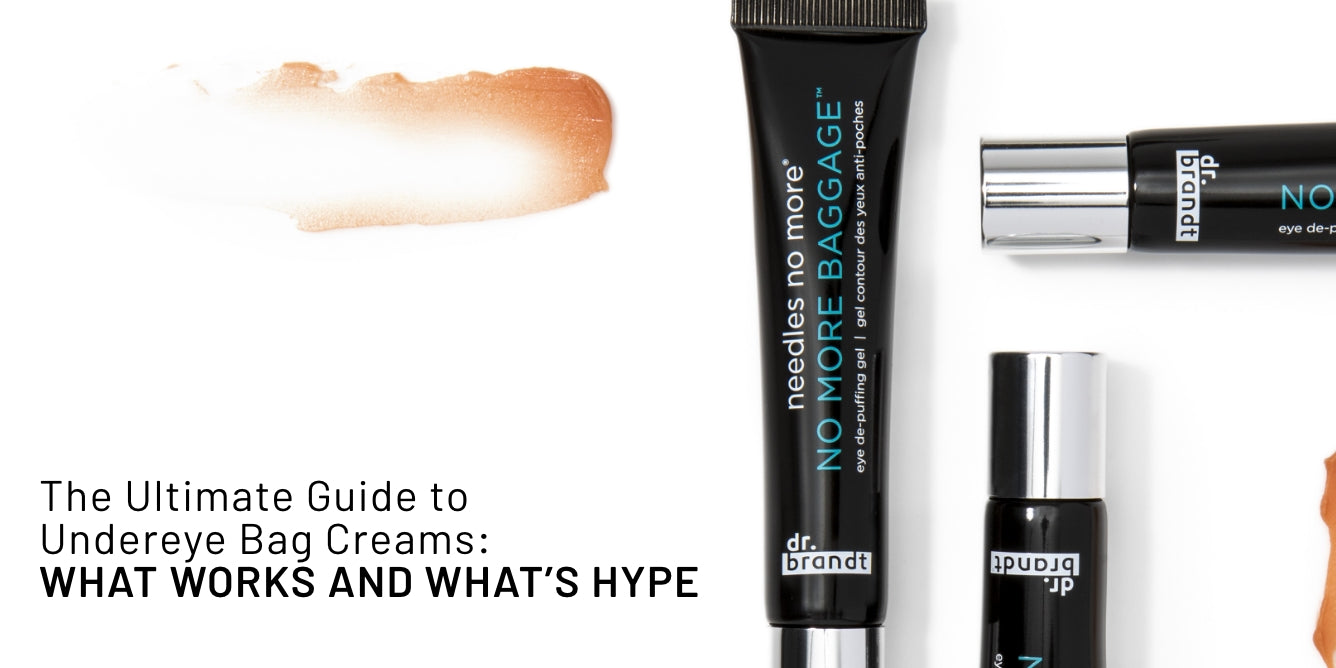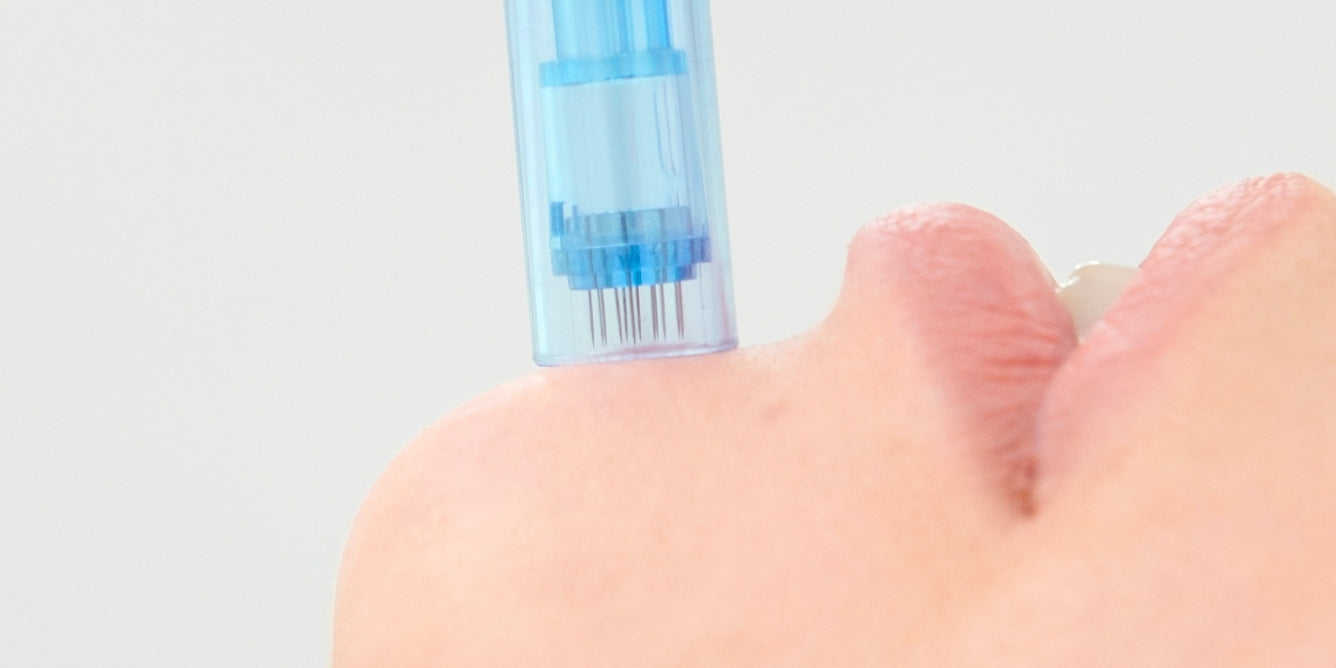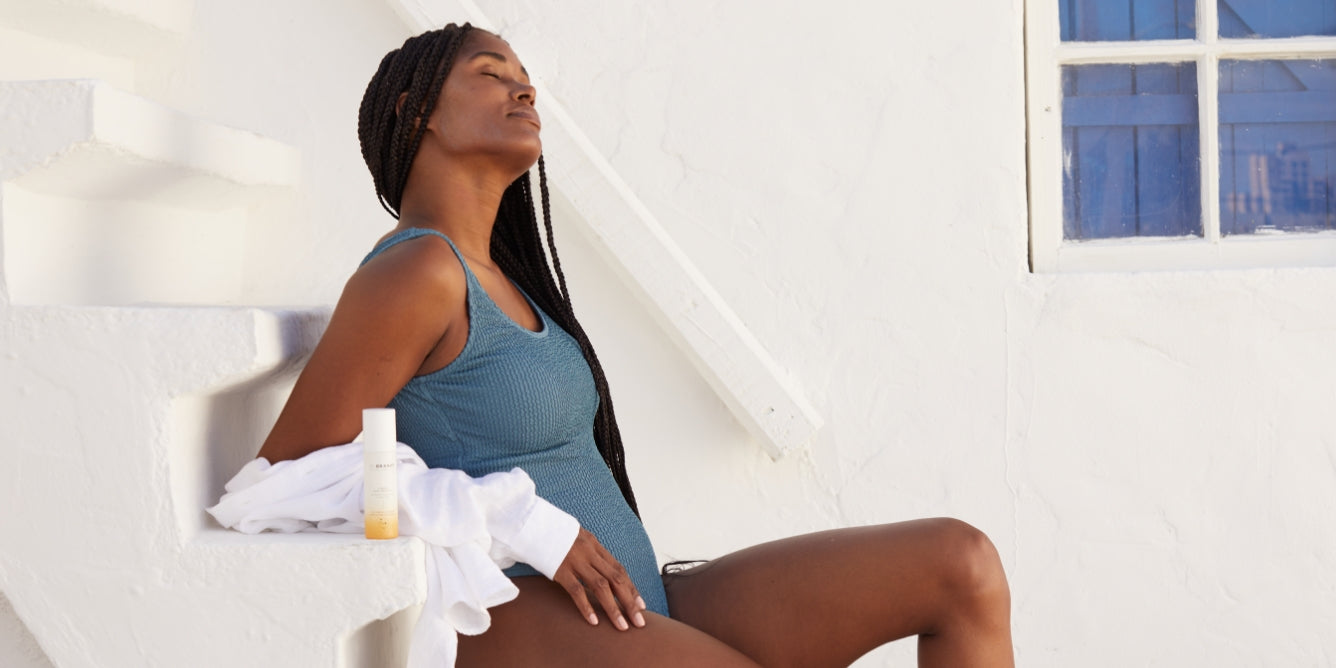
June marks Acne Awareness Month, the perfect time to shine a light on one of the most common (and misunderstood) skin concerns: acne. While acne is often seen as a teenage issue, the truth is it can persist—or even appear for the first time—well into adulthood.
From occasional breakouts to more persistent imperfections, understanding what causes acne and how to properly care for breakouts is key. While it’s important to see a dermatologist in more severe cases of acne, today we’re focusing on everyday skincare ingredients and routines that can help you better manage those occasional flare-ups.
What Is Acne?
Let’s start with a little mythbusting: having oily skin or touching your face during the day are notthe main causes of acne. Your habits can exacerbate it, of course, but at its root, acne is a complex condition that starts in your pores. Your skin naturally produces oil (sebum) to stay hydrated and protected. But when that oil combines with dead skin cell and bacteria buildup (especially C. acnes, a common skin-dwelling bacteria), it can clog pores, cause inflammation, and trigger breakouts. There are several types of acne you might encounter:

Blackheads: Open pores clogged with oil and debris. Exposure to air oxidizes the buildup, turning it black.
Whiteheads: Closed pores with trapped oil and dead skin. Covered by a thin layer of skin, they appear white or skin-colored.
Pimples (Papules & Pustules): Inflamed, red bumps that may be tender or filled with pus.
In addition to these different forms of acne, severity can vary, too:
Type 1 (Mild):Mostly non-inflammatory clogged pores.
Type 2 (Moderate): Red, inflamed pimples and pustules.
Type 3 (Severe): Large, painful nodules or cysts that may lead to scarring.
Knowing your acne type can help you build a more effective, supportive routine—and recognize when to consult a dermatologist for advanced care.
Why It Happens
As mentioned, it’s a common misconception that “dirty” skin is the main cause of acne. While not washing your face properly can indeed lead to a pimple or two, recurring acne breakouts are typically caused by less easily-controlled factors. In teens,puberty puts oil production into overdrive, making clogged pores and breakouts more likely. In adulthood,the triggers shift. Stress, fluctuating hormones, cosmetic ingredients, diet, and damage to the skin barrier can all contribute.
Breakout-Fighting Ingredients That Work

When it comes to blemish-prone skin, lighter is better. Look for non-comedogenic, oil-controlling products with these proven actives:
Salicylic Acid:Penetrates deep into pores to dissolve oil and exfoliate from within, helping prevent and clear active breakouts.
Niacinamide (Vitamin B3):Reduces redness, regulates sebum production, and strengthens the skin barrier—without causing dryness or irritation.
Lactic Acid:A gentle exfoliant that smooths skin texture, fades post-acne marks, and encourages healthy cell turnover.
Skincare Do’s & Don’ts for Acne-Prone Skin

DO:
-Cleanse twice daily with a gentle, pH-balanced cleanser.
Try:Pores No More Pore Purifying Cleanser
-Moisturize—even if you’re oil-prone. (Dehydrated skin produces more oil, not less.)
Try:Pores No More Mattifying Hydrator
- Wear SPF daily. UV exposure can worsen inflammation and post-acne marks.
Try:Liquid Sun Shield SPF 50
- Use a deep pore treatment 1–2 times per week to prevent buildup.
Try:Pores No More Vacuum Cleaner
- Once an active breakout has ended, use a gentle exfoliator to help fade marks or scarring.
Try:Microdermabrasion Face or Dr. B LAB Brightening Peel Essence
DON’T:
- Over-wash or scrub your skin—this can damage your barrier and lead to more breakouts.
- Layer too many actives at once. Start slow, and give your skin time to adjust.
- Pick or pop pimples. It may feel satisfying in the moment, but it increases the risk of scarring and infection.
- Skip moisturizer thinking it will “dry out” acne. Balanced hydration is essential.
It’s About Progress, Not Perfection
Acne at any age can be frustrating and emotionally taxing. But clearer skin is achieved not through quick fixes or punishing routines, but through consistency, patience, and a smart skincare routine. Whether your breakouts are mild and occasional or more persistent, remember: progress takes time. Stick to a gentle, effective routine and give your skin the support it needs to do what it does best: heal. And if your acne falls into the moderate (Type 2) or severe (Type 3) category? A consultation with a board-certified dermatologist can help you explore additional options, from prescription treatments to professional in-office care.
Shop the best skincare for acne-prone skin from Dr. BRANDThere.




Leave a comment (all fields required)